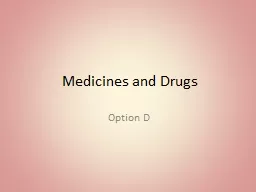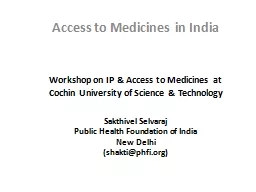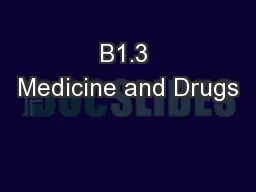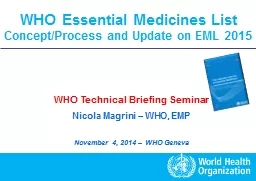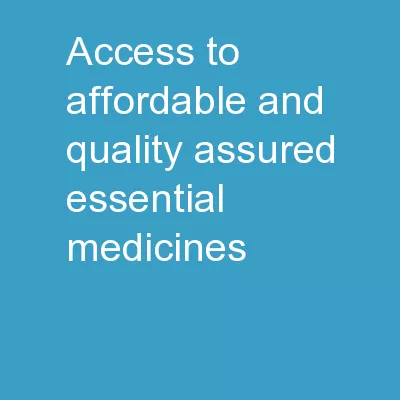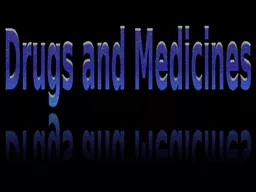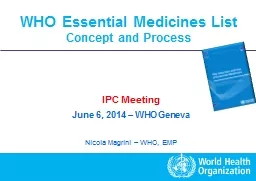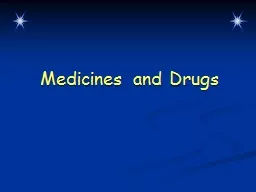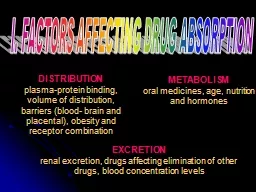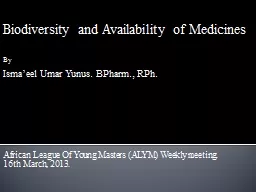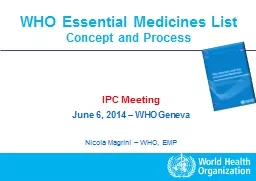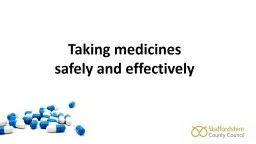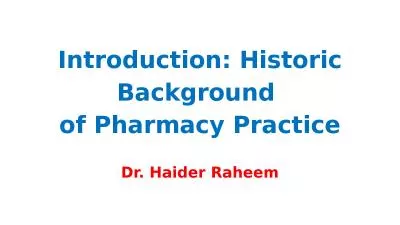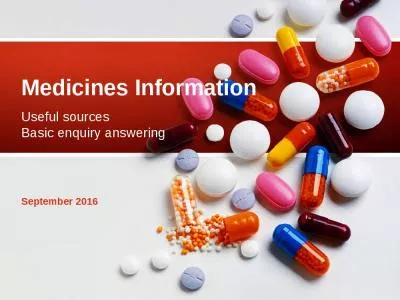PPT-Medicines and Drugs Option D
Author : jane-oiler | Published Date : 2018-09-25
D1 Pharmaceutical Products Background In the Body Defenses Nonspecific Defense Mechanisms Specific Defense Mechanisms First Line barriers to prevent entry Second
Presentation Embed Code
Download Presentation
Download Presentation The PPT/PDF document "Medicines and Drugs Option D" is the property of its rightful owner. Permission is granted to download and print the materials on this website for personal, non-commercial use only, and to display it on your personal computer provided you do not modify the materials and that you retain all copyright notices contained in the materials. By downloading content from our website, you accept the terms of this agreement.
Medicines and Drugs Option D: Transcript
Download Rules Of Document
"Medicines and Drugs Option D"The content belongs to its owner. You may download and print it for personal use, without modification, and keep all copyright notices. By downloading, you agree to these terms.
Related Documents

